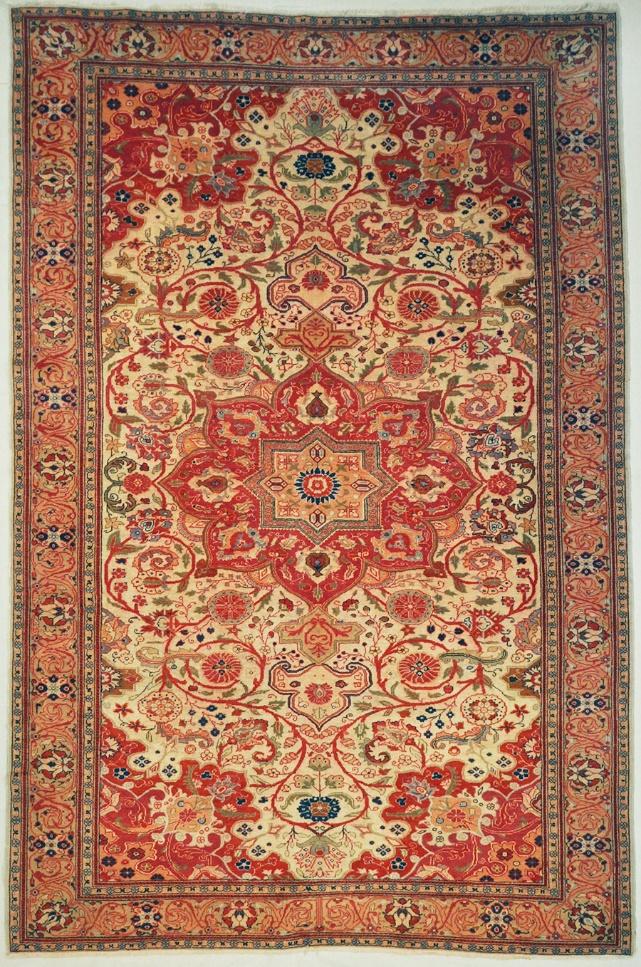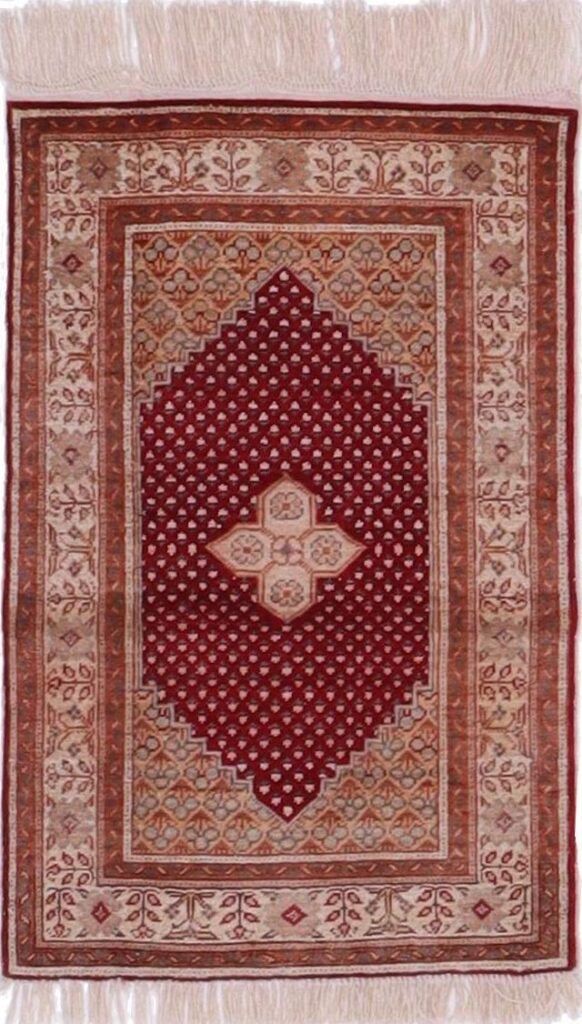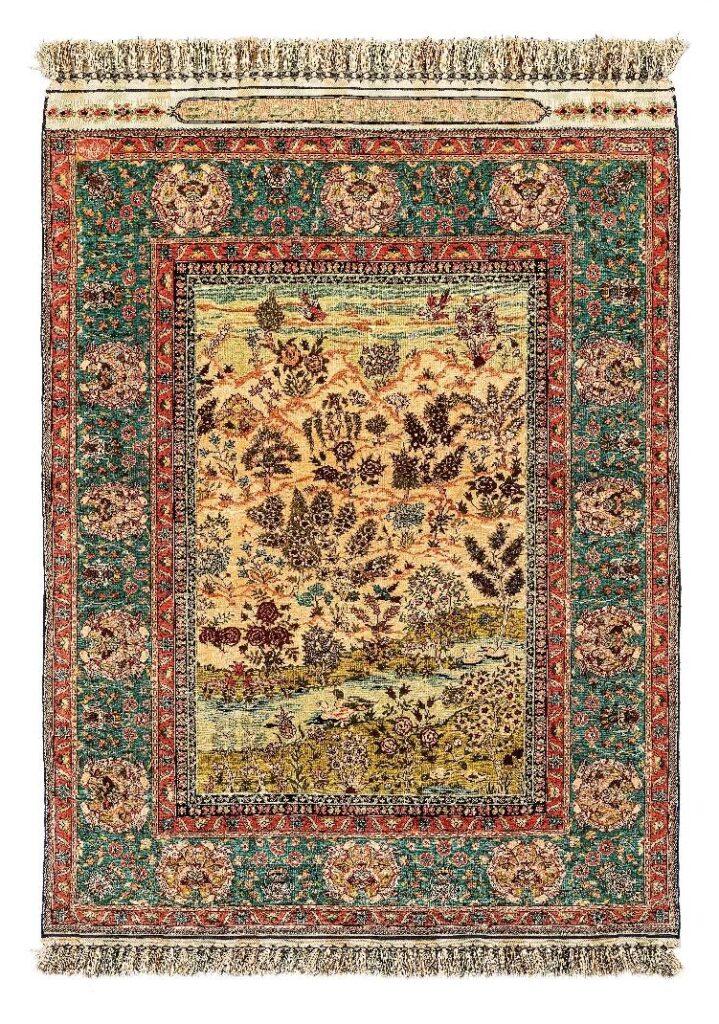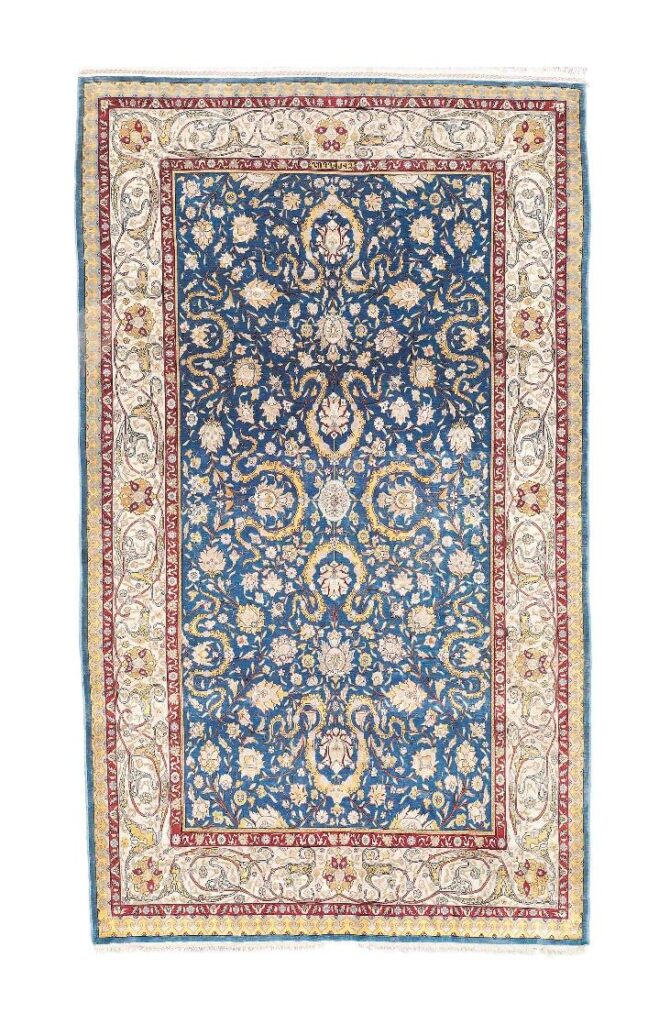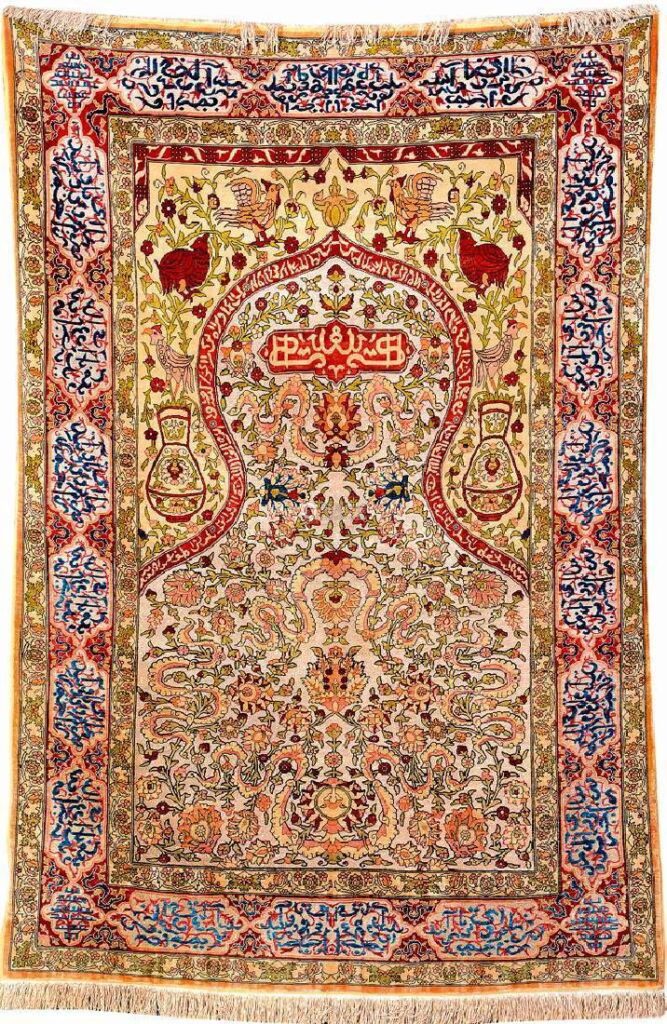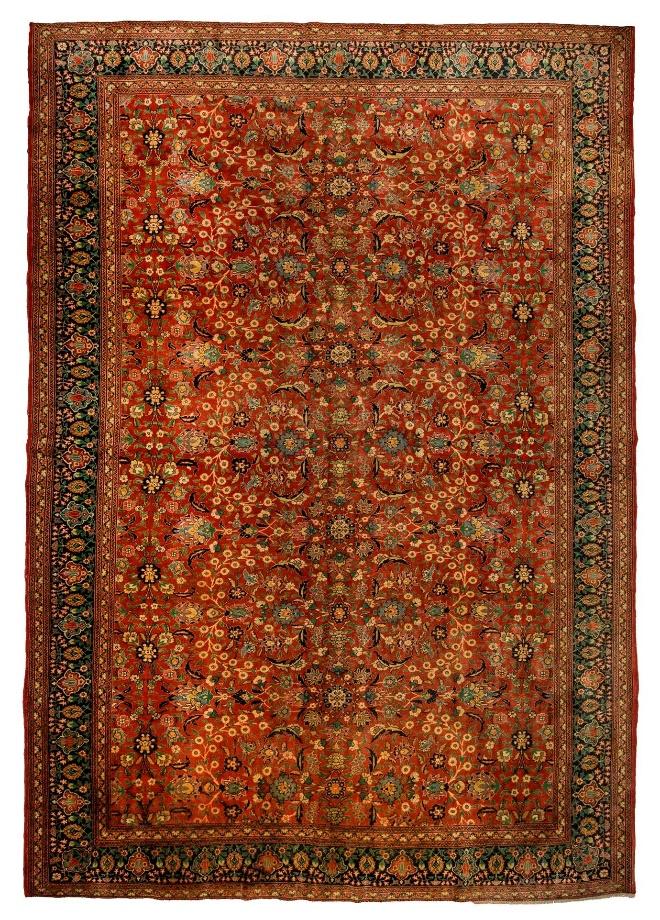Hereke Rugs
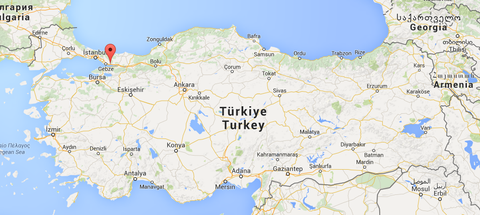
Hereke, a town in Kocaeli province, Turkey, is a weaving center located at the northern edge of Izmit Bay, near Istanbul.
Hereke carpets are the most famous weaving pieces made in Turkey and the city is renowned for its carpet weaving tradition and school. Hereke pieces are claimed to be the finest hand knotted carpets in the world. The most serious rival would be probably the Iranian city of Qum.
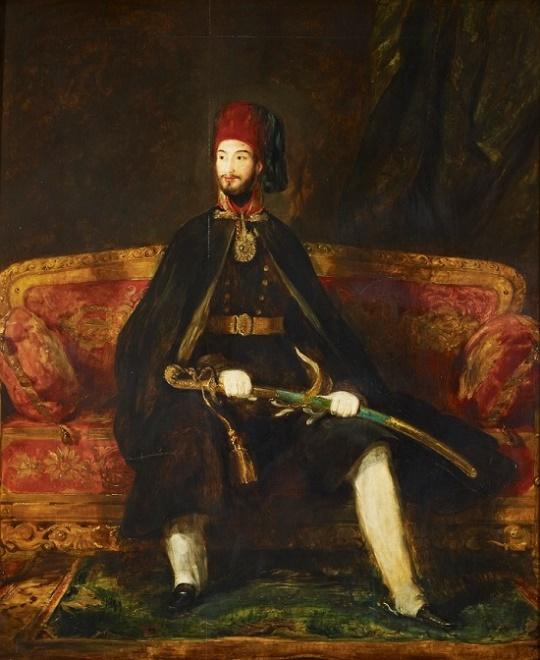
The Ottoman Emperor, Sultan Abdulmecid, established the Hereke Imperial Factory in 1843 to produce carpets for the Ottoman Court, mainly for Dolmabahçe Palace, in Istanbul. Over 140 large carpets and 115 prayer rugs were produced for this purpose.
Aristocracy of the Ottoman Empire were next costumers of Hereke Production. In the 20th century Hereke carpets found their way to Western markets when exquisite examples of
them were kept already in western palaces and museums.

Technical aspects and the structure of Hereke Rugs
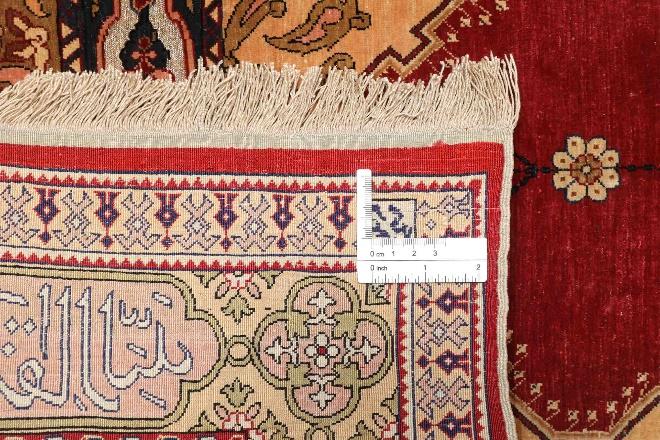
Coping chiefly the Persian Court’s carpets with curvilinear designs, early Hereke carpets were knotted with asymmetric (Persian) knots at densities reaching 800 per square inch. Nevertheless symmetric (Turkic) knots, too, were used.
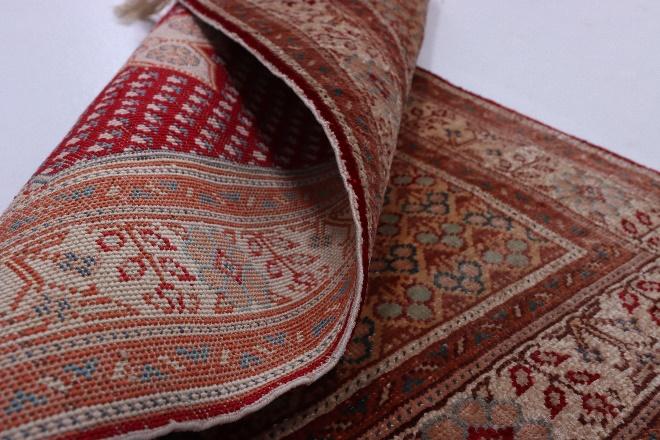
Actually in such royal workshops all techniques were applied, including lavish ones such as metal brocade which increased rapidly in Hereke during the first half of the 20th century.
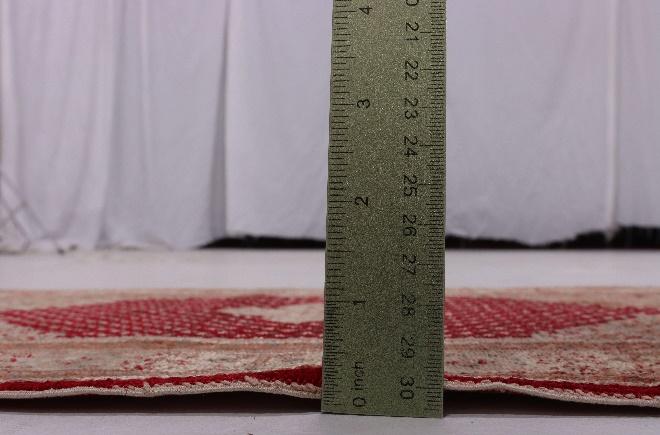
Silk used for Hereke rugs come from Bursa. The reputation of Bursa silk backs to before the fall of Constantinople. Knot count of Hereke silken rugs is about 645 per square inch.
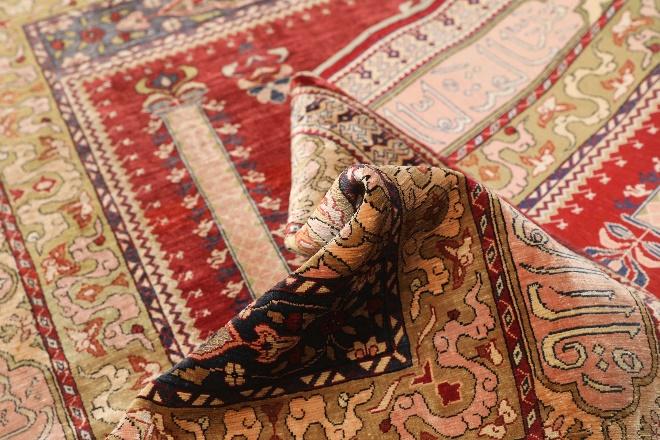
Hereke wool rugs have averagely a knot density of about 230 symmetric knots per square inch on a cotton foundation.
Dyeing and painting of Hereke rugs

Dyes must be the best in Hereke to match high-grade silk and wool. Dark blue, red, cinammon and ivory are dominant colors used in hereke workshops.
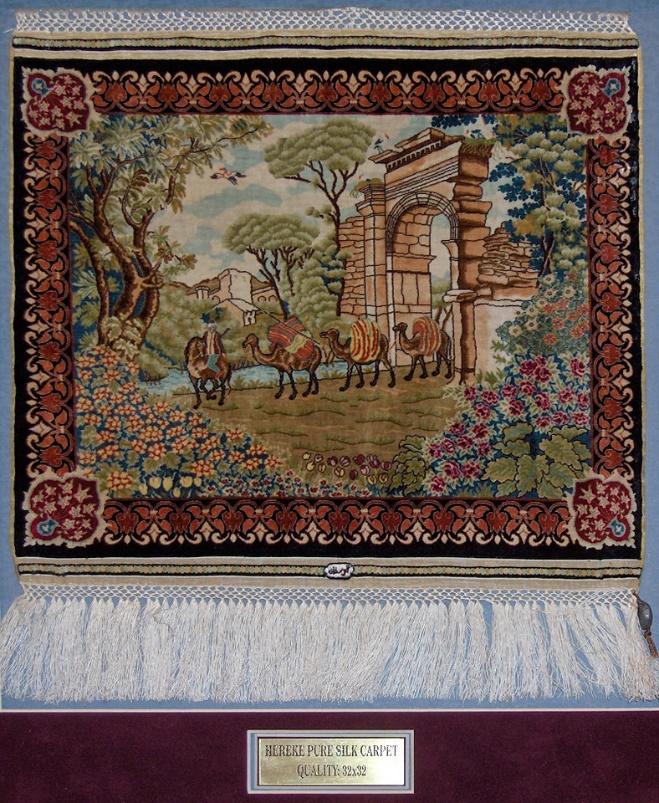
Secondary colors, of course, have a major role in intricate designs preferred in hereke. These include a wide range of hues possible on a natural palette.
Designs and patterns of the Hereke rugs
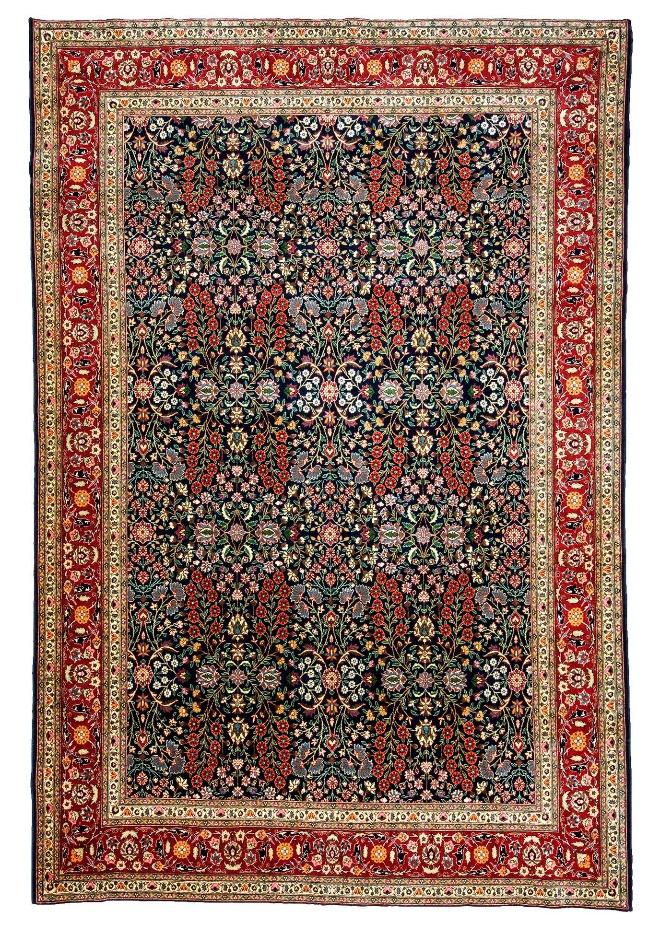
Court weaving tradition and finely knotting make Hereke weavers able to weave almost everything. Both curvilinear and rectilinear designs are made in Hereke.
At first, classic Persian designs were copied in Hereke. These were sixteenth century royal carpets of Isfahan, Kashan and Joshaqan where Safavid royal workshops produced silken carpets for Persian, Indian and ottoman Palaces.
For rugs (mostly prayer rugs) Mameluke Egyptian designs were copied, at first, as well as Gördes designs.
Prayer rugs are the most favored type of woven pieces in Anatolia and traditional Anatolian designs found their elaborate versions in Hereke during the last century.
All Hereke pieces have inscriptions, early examples in Perso-Arabic script and 20th century ones in Latin.
